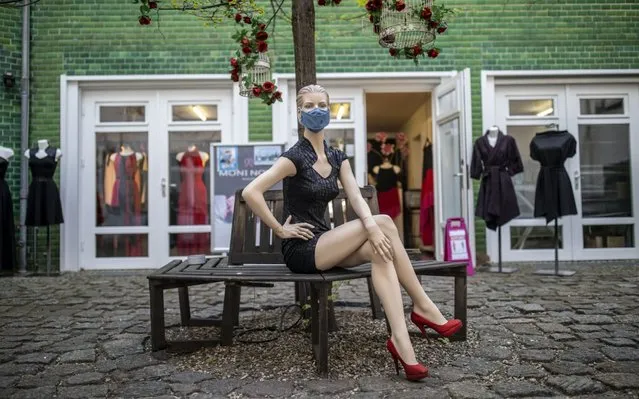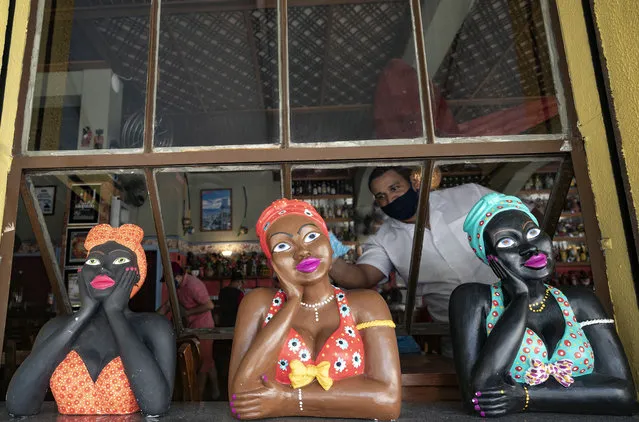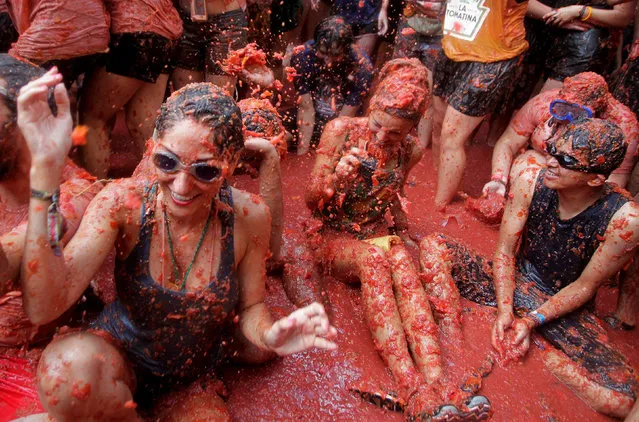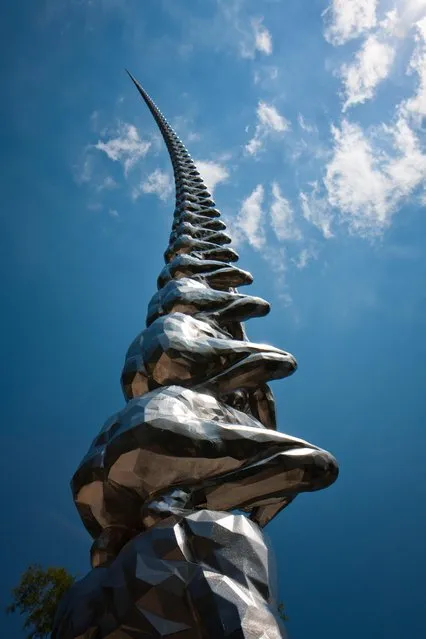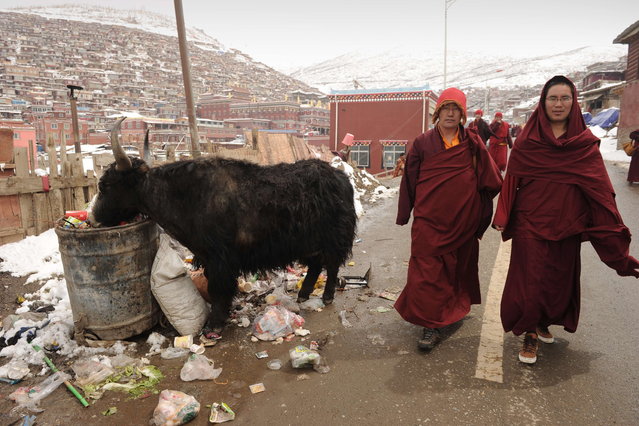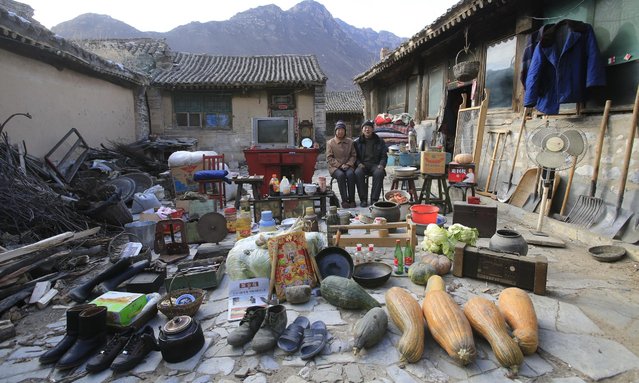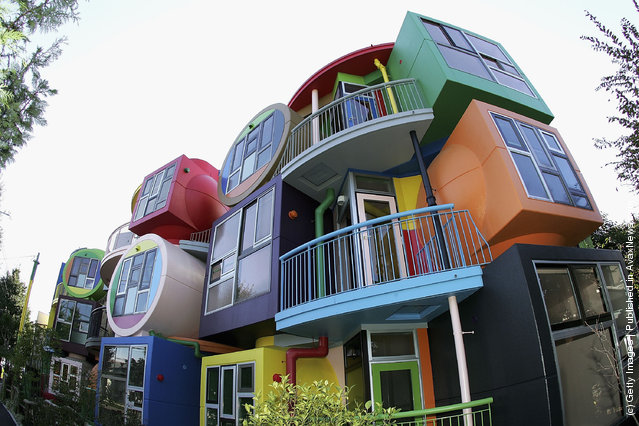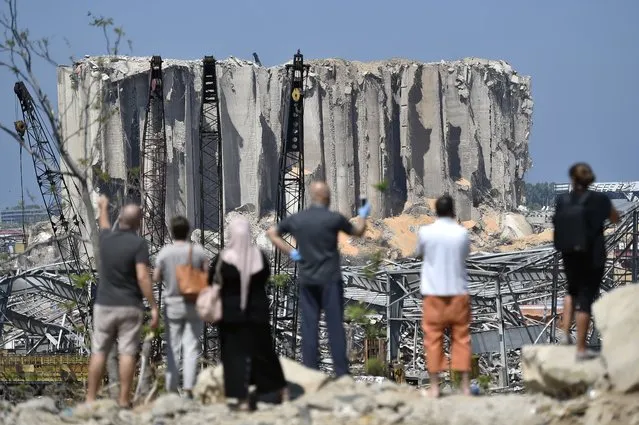
Lebanese people take pictures for damaged grain silos in Beirut port following a huge explosion rocked the city in Beirut, Lebanon, 23 August 2020. According to Lebanese Health Ministry at least 181 people were killed, and more than 6,000 injured in the Beirut blast that devastated the port area on 04 August and believed to have been caused by an estimated 2,750 tons of ammonium nitrate stored in a warehouse. (Photo by Wael Hamzeh/EPA/EFE)
04 Sep 2020 00:05:00,post received
0 comments

